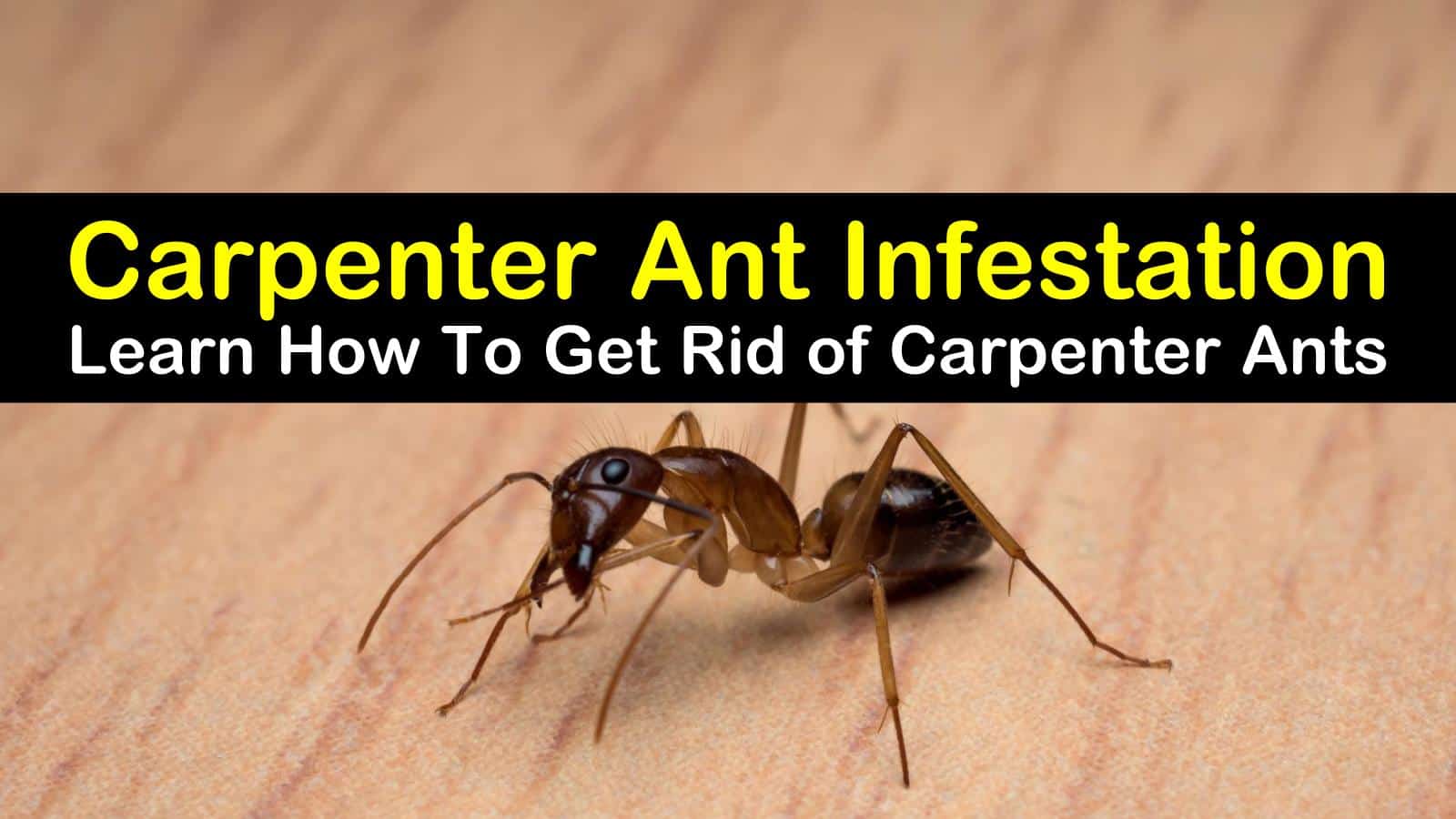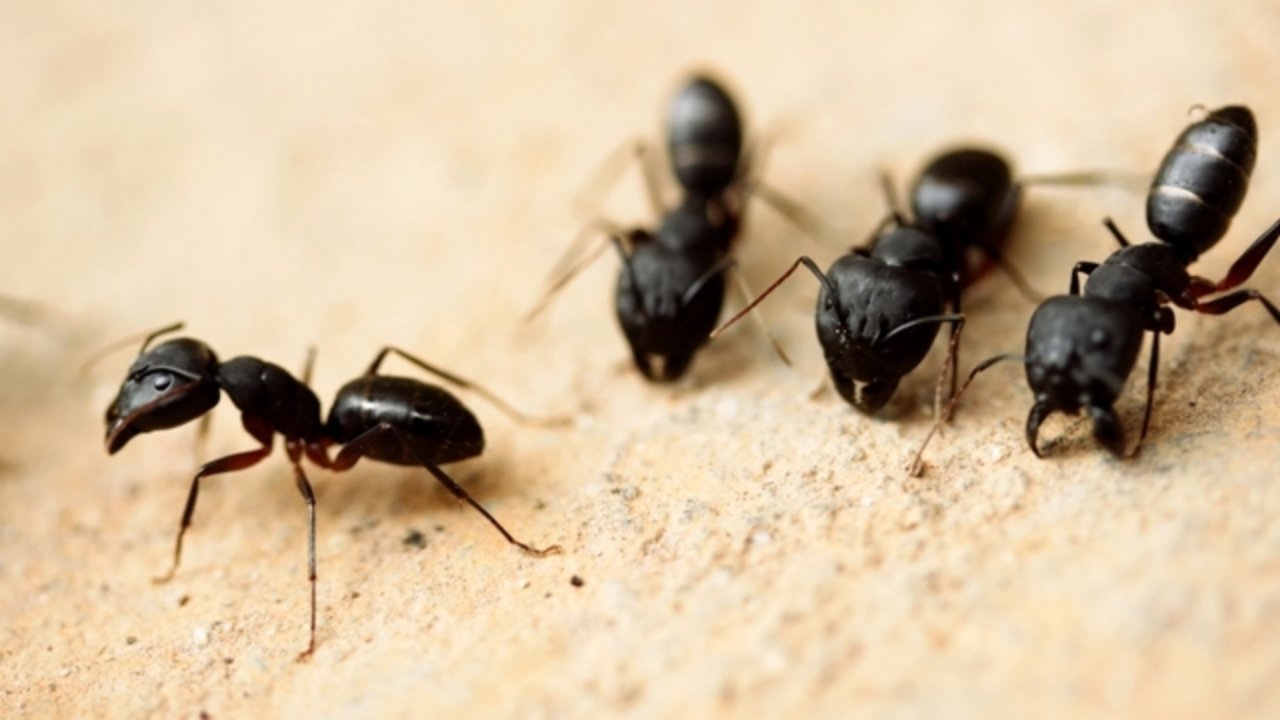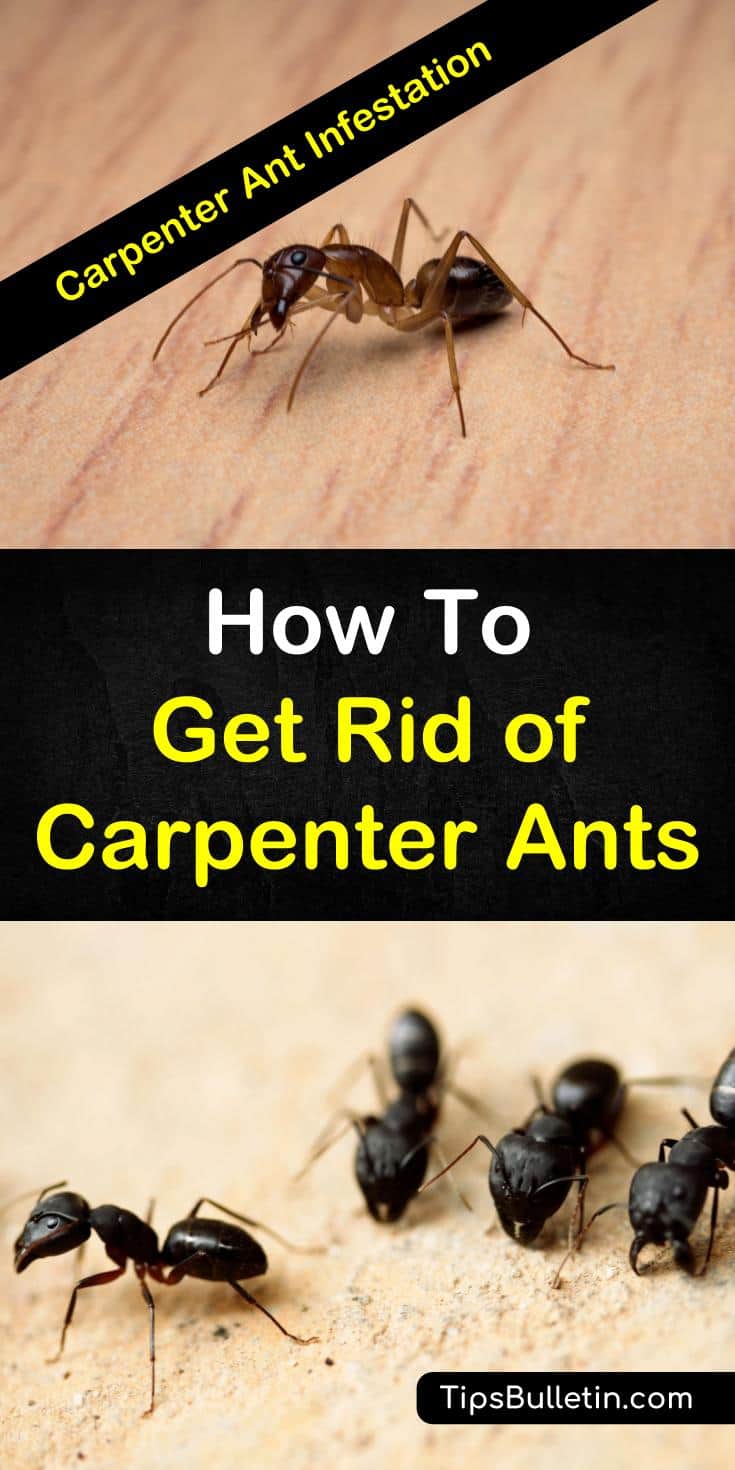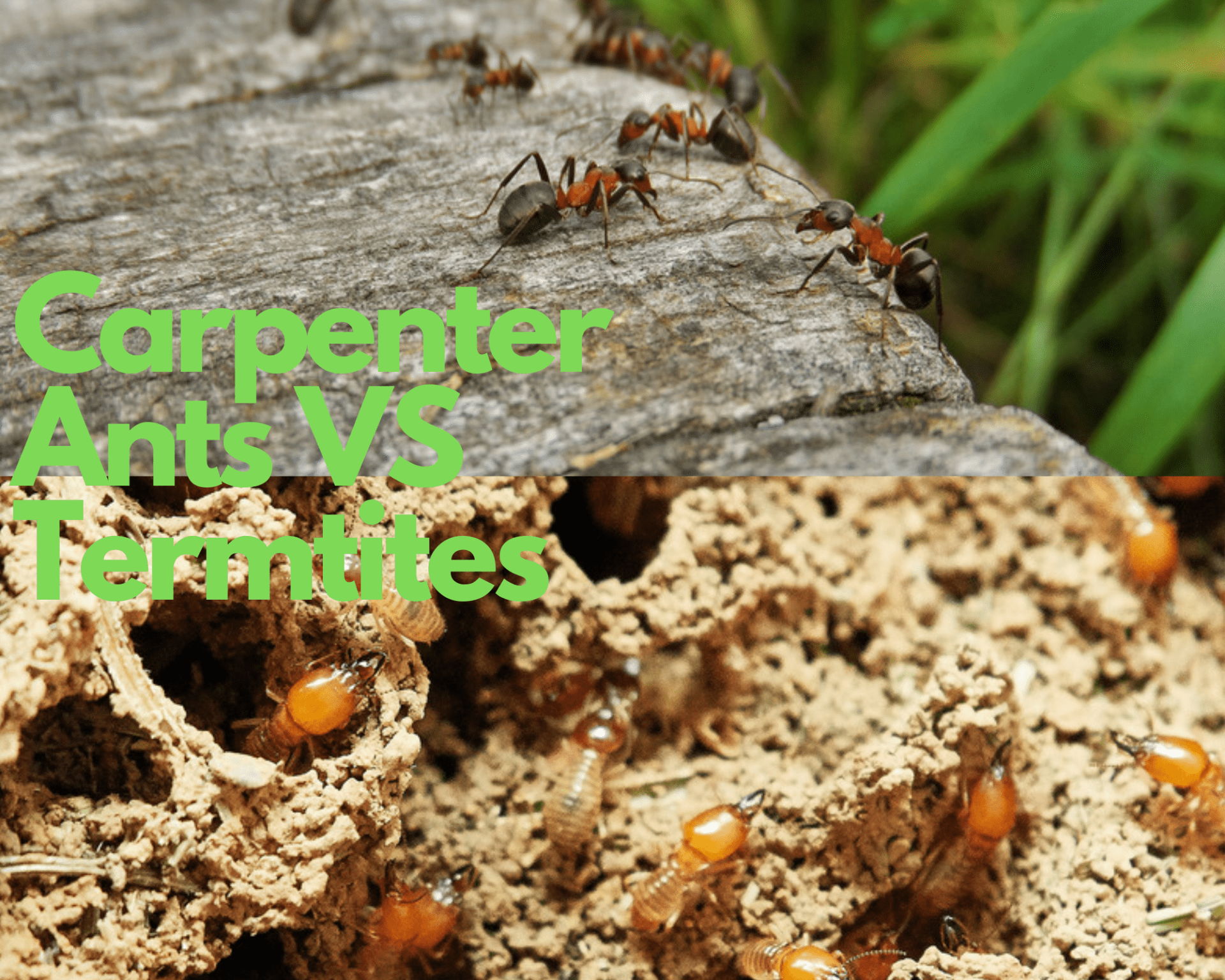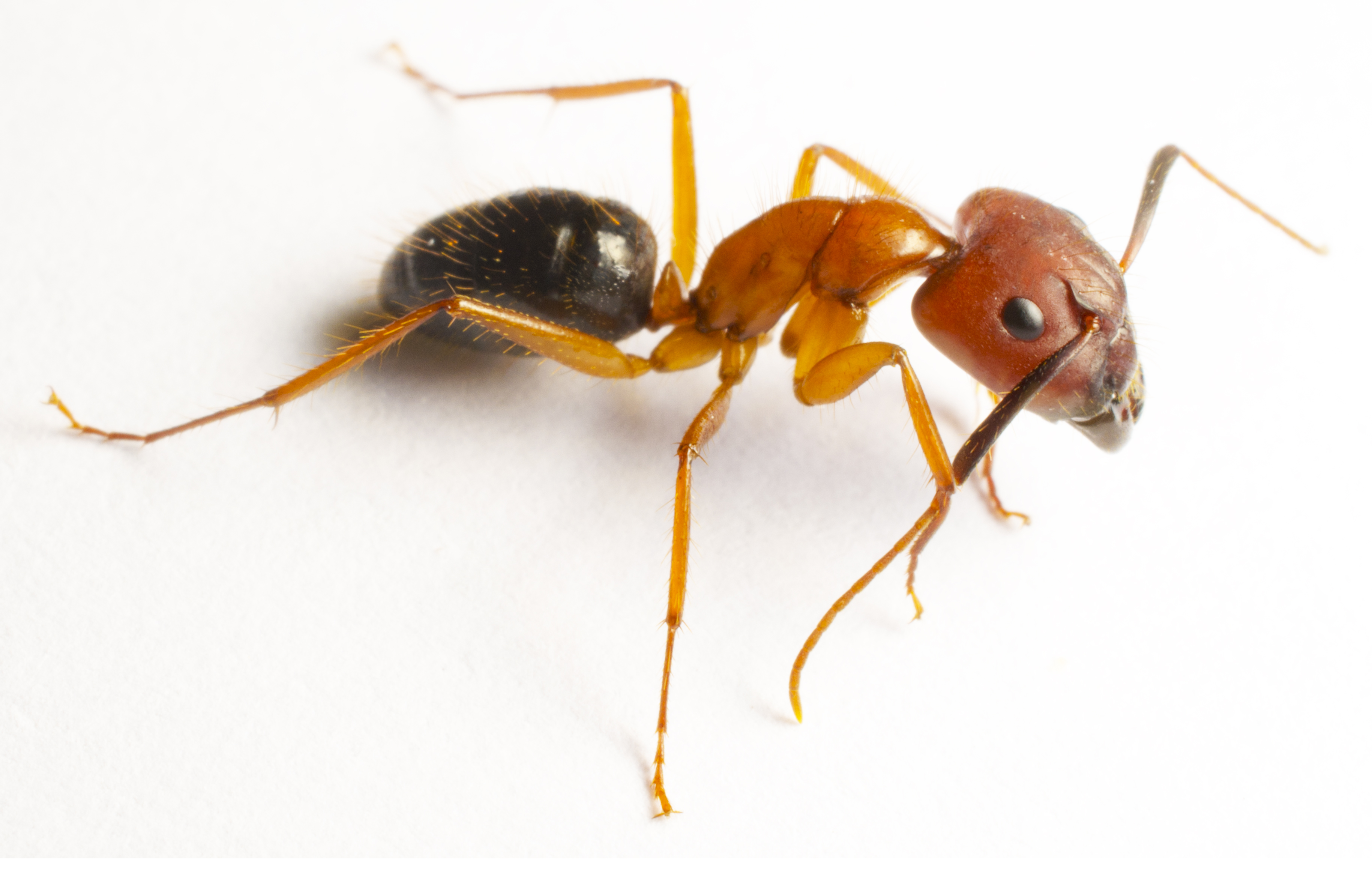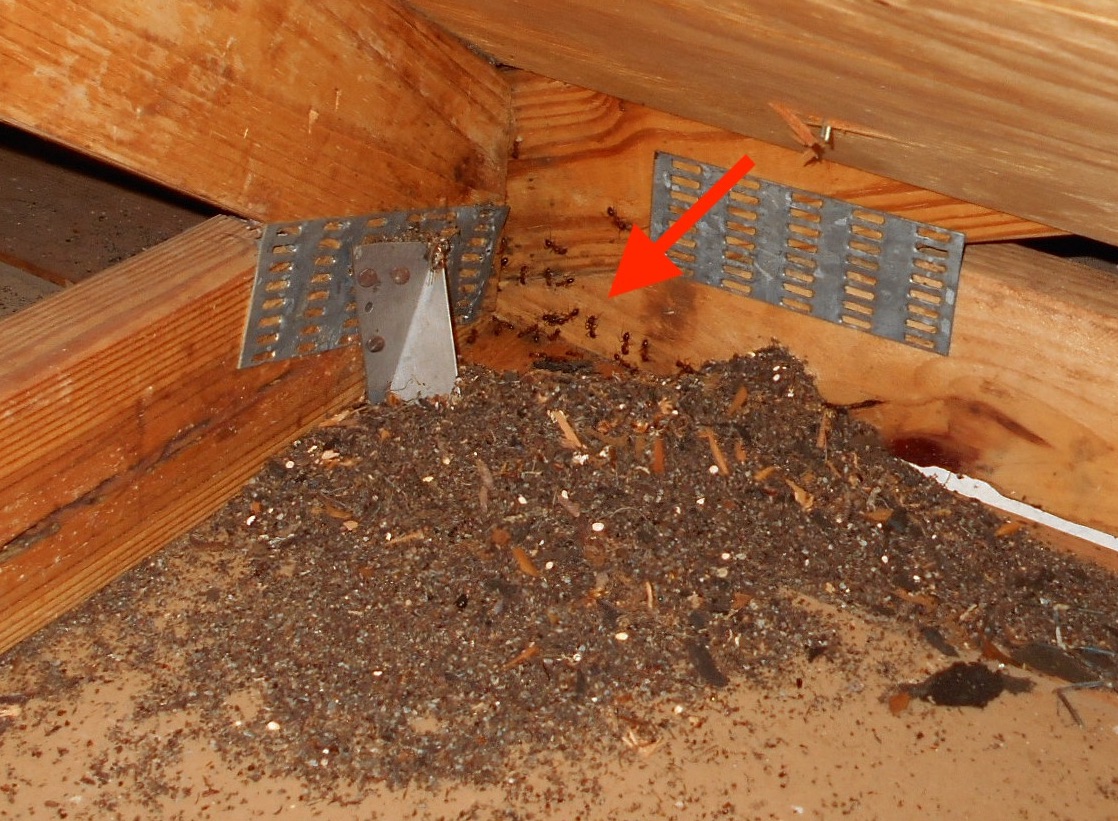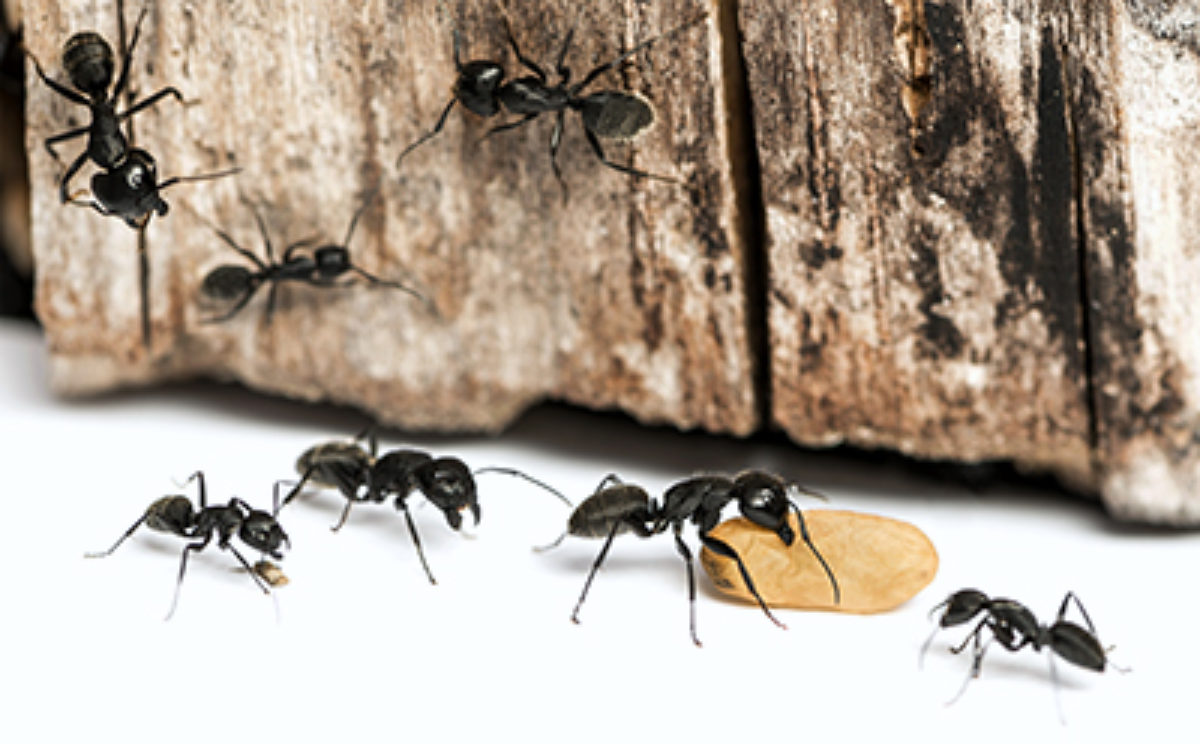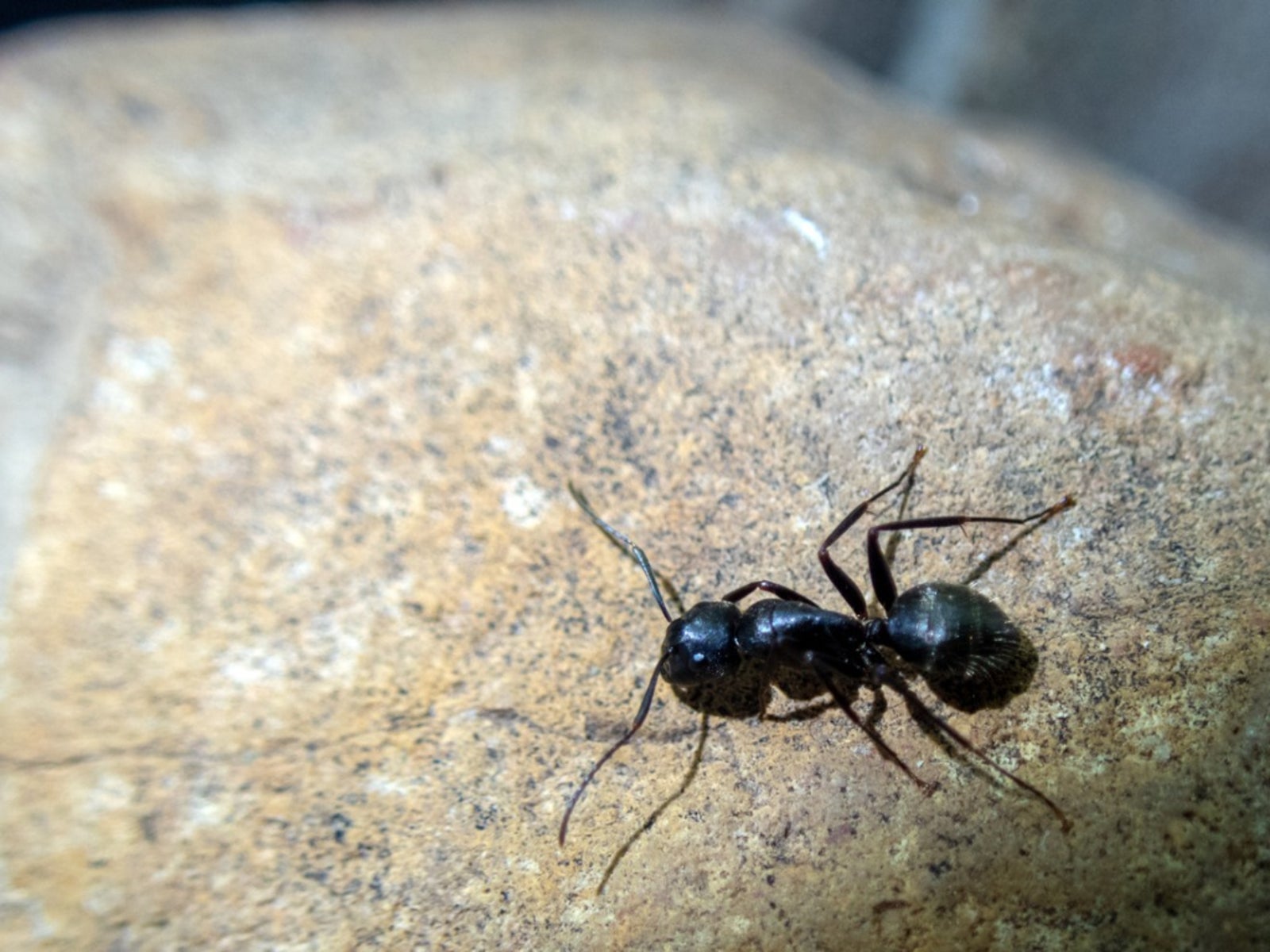How Do You Find A Carpenter Ant Nest
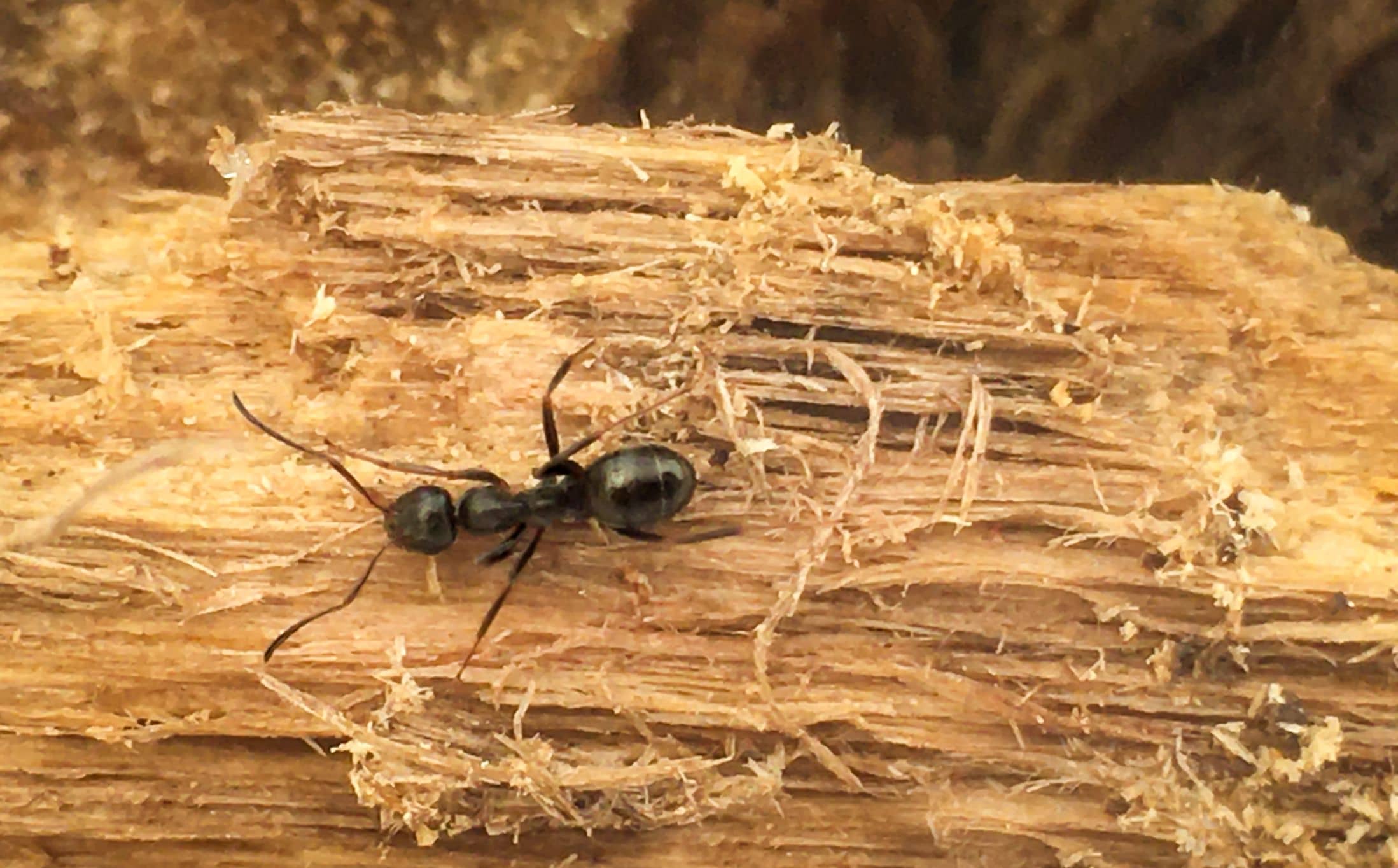
Carpenter ant parent colonies thrive in moist hollowed-out wood.
How do you find a carpenter ant nest. Carpenter ants are very common in the Americas Europe and many places across the world. Once again check to see whether these bugs are ants or termites and then take the appropriate steps to further locate the nest. The carpenter parent nests need to be in a moist damp tunneled wood.
How to identify remove carpenter ants not all ants are equal pests carpenter carpenter ants in the pacific northwest how to avoid carpenter ants this spring carpenter ant u s national park service3 Easy Ways To Identify Carpenter Ants WikihowAre Black Ants And Carpenter Diffe Arrow ExterminatingSigns Of Carpenter Ants Catseye Pest ControlWhat Do Carpenter. Indoor swarmers may be a sign of pharaoh ants or carpenter ants. Parent colonies are usually outdoors found in wood that is moist or rotted places such as tree stumps logs old boards rotting trees or tree roots.
One carpenter ant colony can have many nests. Carpenter ants live with other carpenter ants in a colony. In many situations the use a dust material will be used to find and eliminate nests of carpenter ants in the interior of a home.
Indoors carpenter ants can often be found nesting near sinks tubs and other high-moisture zones. Provided with the ideal conditions of damp wood appropriate temperatures and protection from predators and environmental changes carpenter ant colonies can thrive. Carpenter ants also nest in wood that is decaying or moist inside of dwellings such as in bathrooms or under sinks and dishwashers.
Look for Dead Ants Piles of dead ants particularly around a window is another sign of an interior infestation nearby. Find out these types of a problematic area which can attract the carpenter ants. Follow a scent trail or check suspect wood for visible signs of damage keeping in mind that ants usually forage about 300 feet from the nest.
The wood shavings are probably near their nest so search that area to find a small hole or live ants. A pesticidal dust bulb and extension can reach into void areas and when properly applied the dust will float and thoroughly cover the hidden areas where carpenter ants. Favorite spots include tree stumps decaying logs boards and logs buried underneath.

